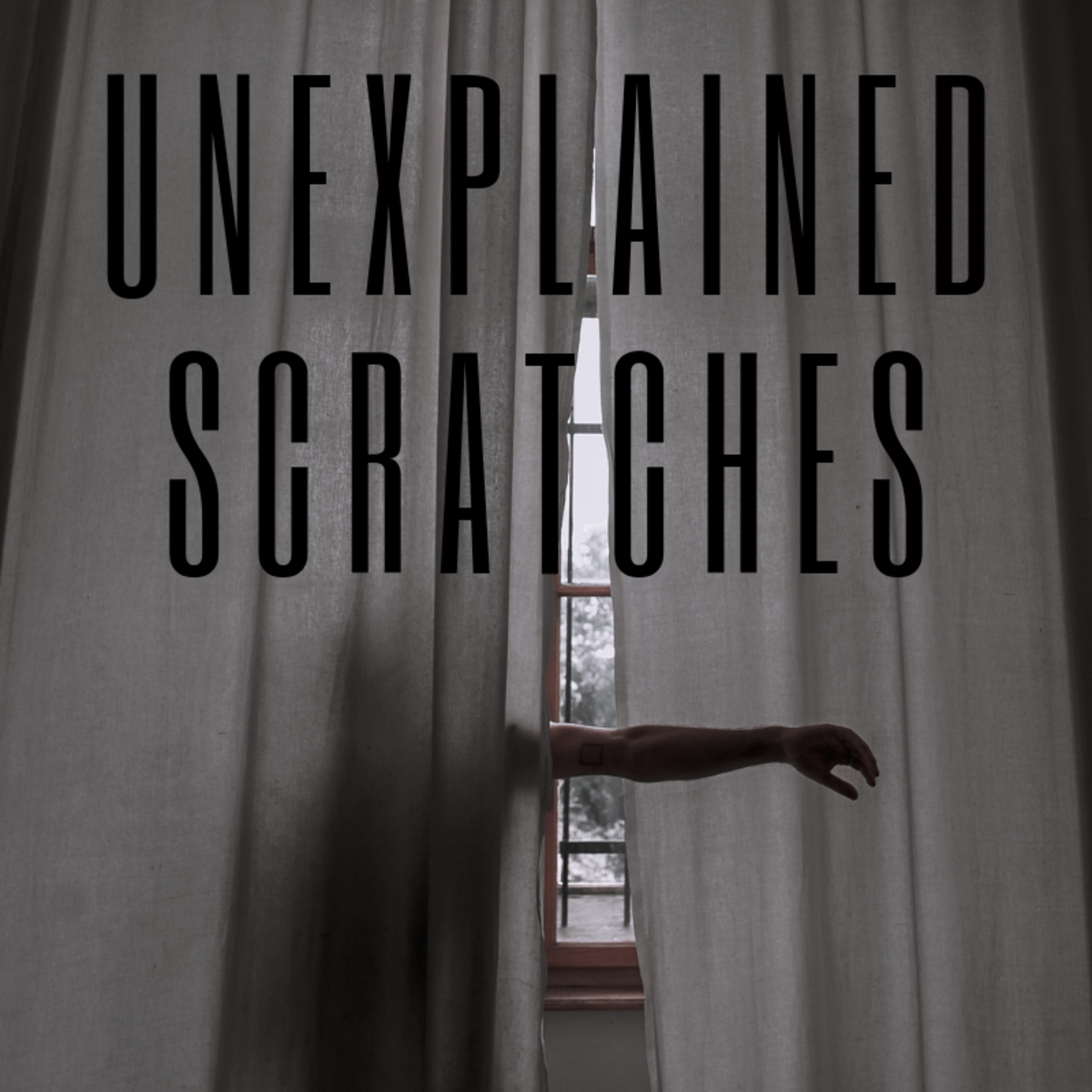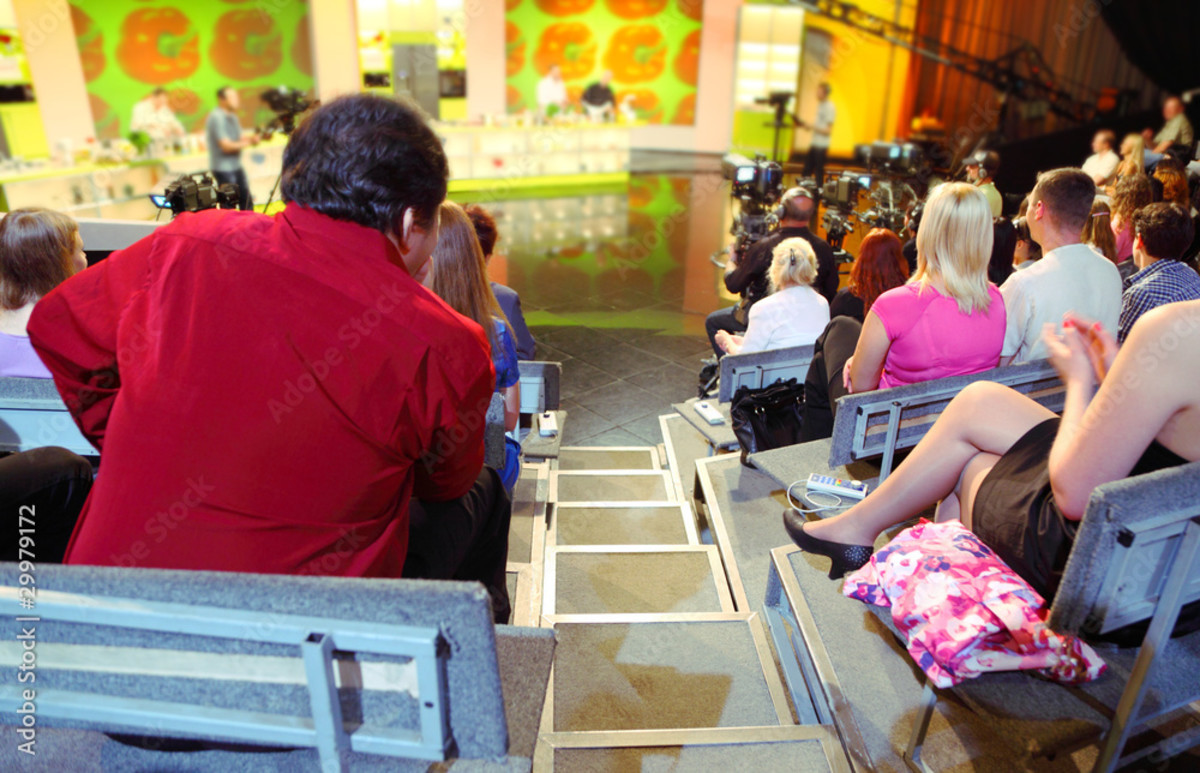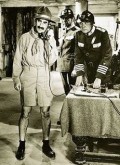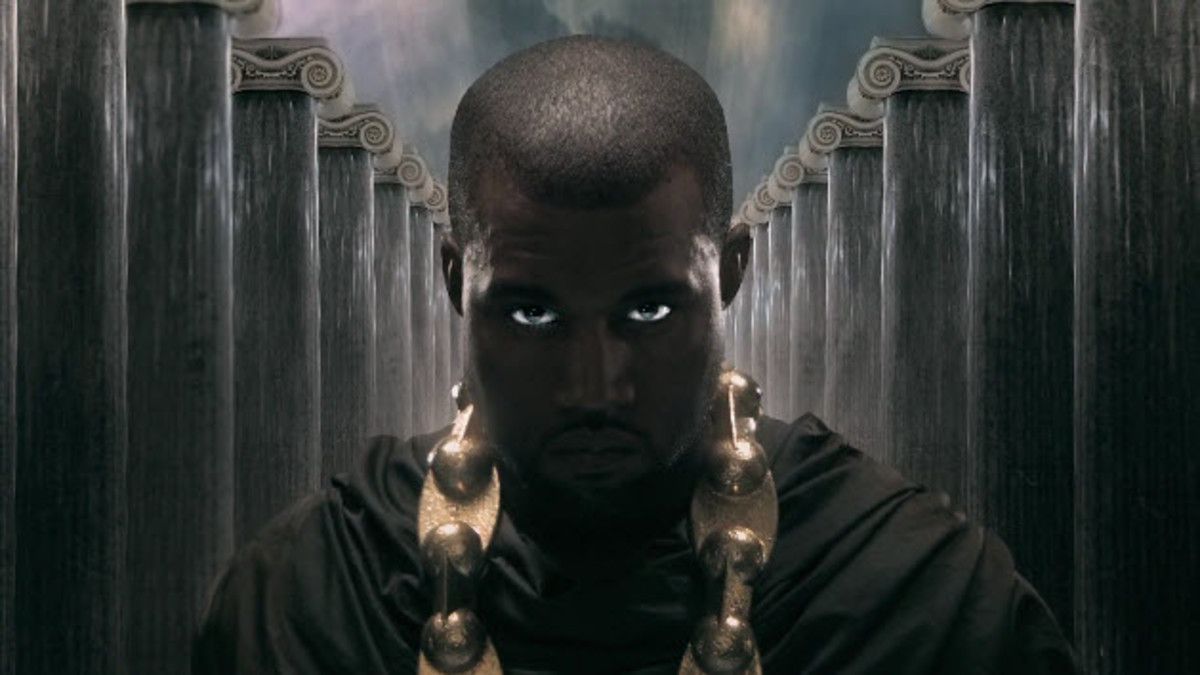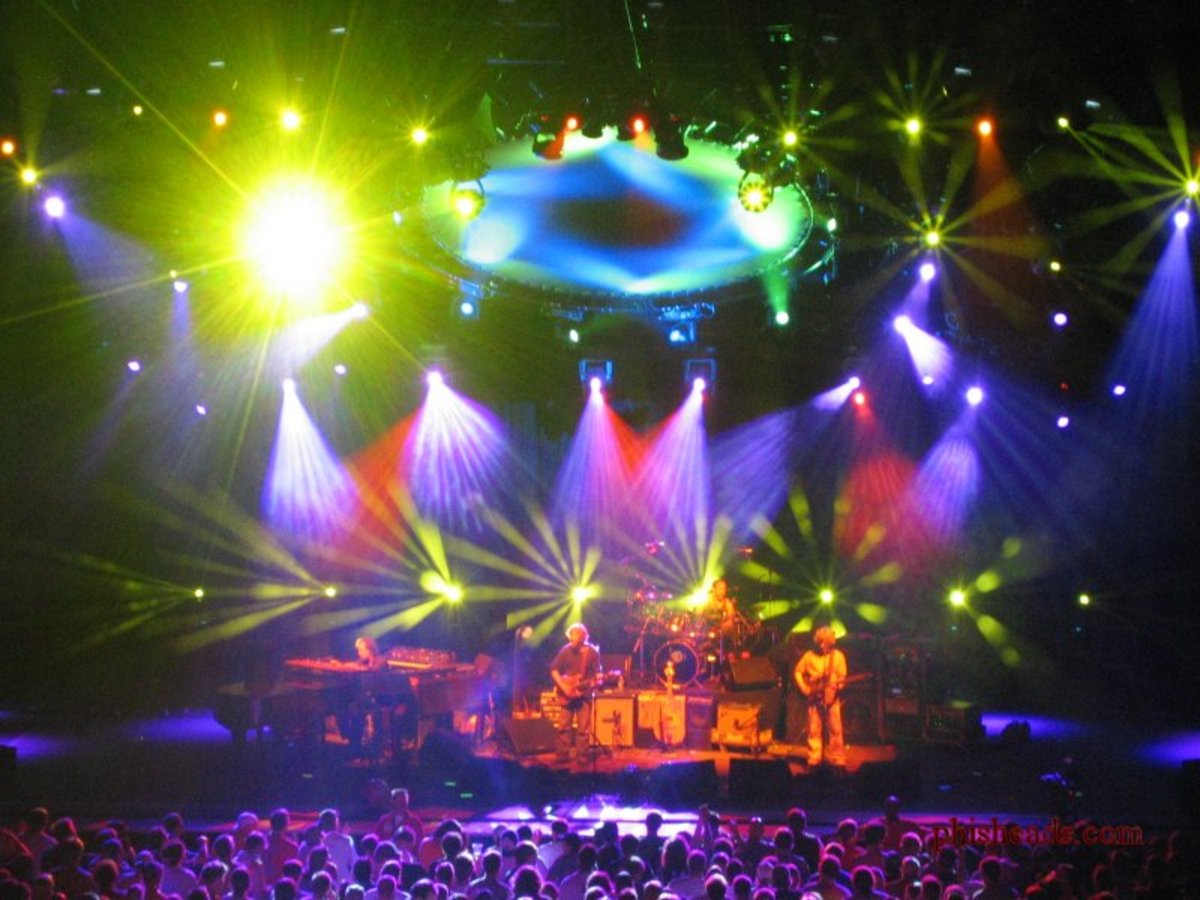An Audience Of One
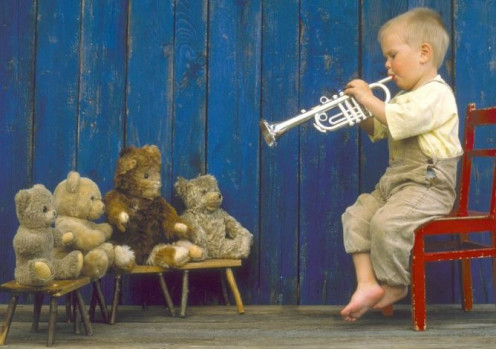
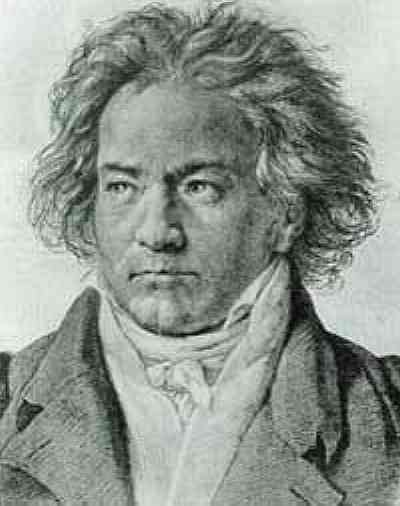
The most basic rule of any audience: Just Be Present
Beethoven, the undeniable genius, led a prolific, but harrowing life. His childhood was filled with a father’s drunken savagery, his adulthood typified by psychotic delusions, depression, alcoholism and ultimately, deafness. Upon realizing he was destined to become completely deaf, Beethoven, at the height of his career, did not respond well.
His prolific contributions to the annals of music history, however, spoke only to his genius.
But even amidst the misfortune which befell the titan, Beethoven continued to contribute to the arts because his internal calling guided him, to press on for self; even in total deafness. The maestro knew his role; in composing for self, he ultimately composed for all, and his allegiance to an audience of one has mesmerized for centuries.
What was true of audiences in Beethoven’s time remains true with audiences today: as long as there have been performers, there have been willing, apt audiences. However, what has changed through the passing of time is that audiences today seek justification, rather than simple enjoyment of the experience. As both a performer and an audience member myself, I have witnessed -more often than not- people wanting to know what a performance was ‘about’, rather than absorb a shared experience of performers opening themselves up to the public vulnerabilities of their talent. Sometimes, in the arts, not everything has a point; nor is it required, or intended to.
Often, particularly in modern times, that is forgotten as more and more people forget one of the most basic rules of any audience: Just Be Present.
Ours has become an impatient species, rushing to voraciously consume the artist’s art, the composer’s tune, or the musician’s talent. In allowing ourselves permission to appreciate the weight of an artistic moment, just be present. The cycle at the core of any art –in this case music- is actually quite simple: Musicians play for internal calling and desire, not for applause, while audiences listen simply to share that moment with the musician.
Contemporary audiences are forgetting not everything in art must be understood, analyzed or defined. The shared experience with the musician is the definition.
Just as musicians understand that they play for themselves, audiences need only understand the shared experience. In doing so, they become a part of the musician’s world at that moment. The experience that one audience member has will be different from the experience that another person sitting beside them has; and, that’s okay. Modern audiences are typically more wrapped up in being competitive with fellow audience members, rather than being part of the musician’s world; and therein lies our contemporary flaw.
For audience, or for self, or for something completely undefined: To whom does the musician, play? Questions such as these are not to be answered straight away, but reflected upon only after we, as audience members, know our respective role. As musicians, we play just to play for ourselves…
The audience of one.
.
© 2013. Three Doves Media, LLC.

